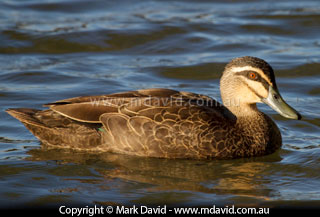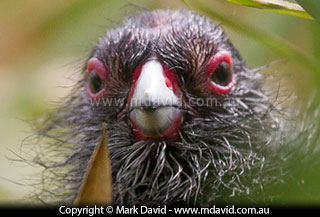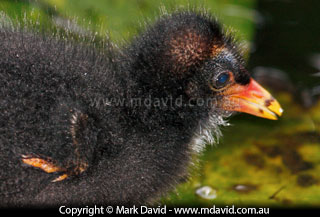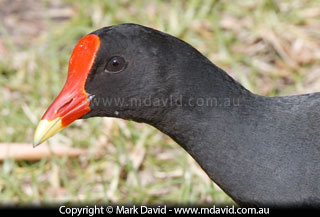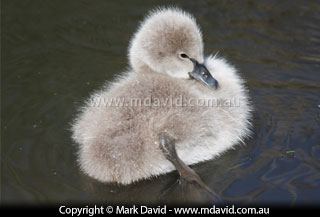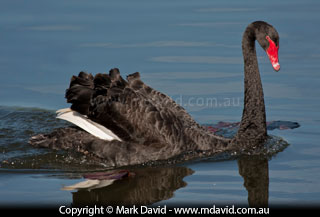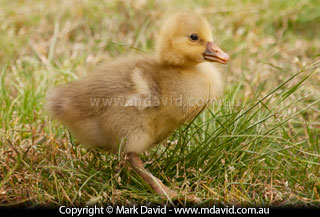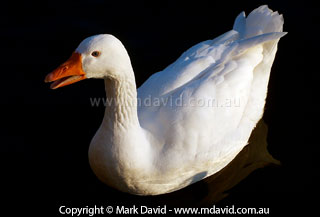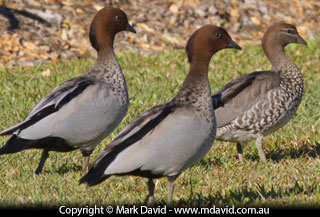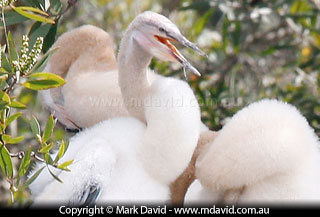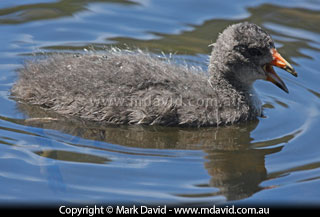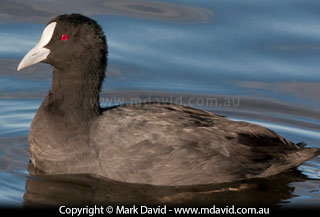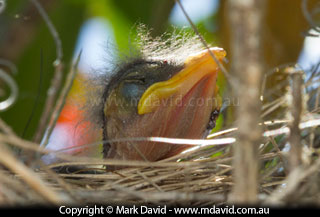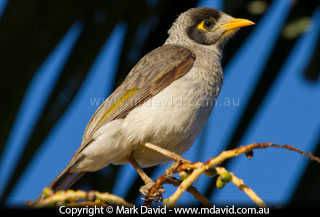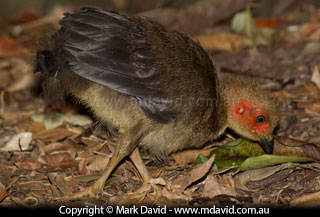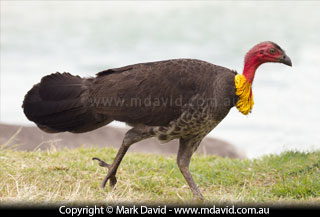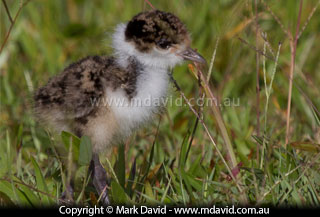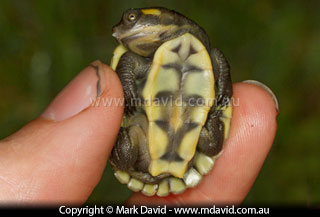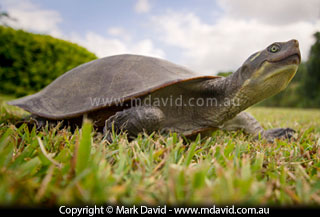How I took the photos of the young birds
There’s no doubting that baby birds are cute, but taking their photos
involves a bit of thought and care.
When birds are nesting, they can be extremely nervous. And who can blame them?
Their entire survival as a species depends on their fragile offspring living long
enough to produce a new generation. That has big implications on how you photograph them.
For starters, I always closely watch the behaviour of the parents. If it changes
in any way while I’m around then I back off. You see, some birds are so easily
spooked that if you frighten them at this stressful time then they might even
abandon their young altogether. I’d much rather get no shot at all, than a
shot of a chick that was going to die because of me frightening the parents away.
So how did I get these pics?
Well, for some of them I used hides. In other cases, I took the photos in public
places like parks. The cool thing about parks is that the birds are already used
to people being around. Even then, I watched the parents and didn’t get very
close.
I also used my longest telephoto lens.
Sometimes the birds were partly obscured by a few leaves. In those cases I tried
to photograph ‘through’ the leaves. Now I should rephrase that. My camera
is not some X-ray thing that can see through solid objects. But if the foreground leaves
are sufficiently out of focus then you can often see through the blurred edges.
I’ve heard of some photographers cutting away any foliage that gets in the
way of their shot but I absolutely will not do that. You see, that foliage is not
only concealing the young from camera lenses — it is also concealing them
from predators. So the photographer might get a fancy shot and then leave the nest
in full view of a hungry monitor lizard.
I’ve taken thousands of photos of birds but not many photos of nesting
birds. And the things I describe above are some of the reasons for that.


Birds

Insects and spiders

Other stuff


